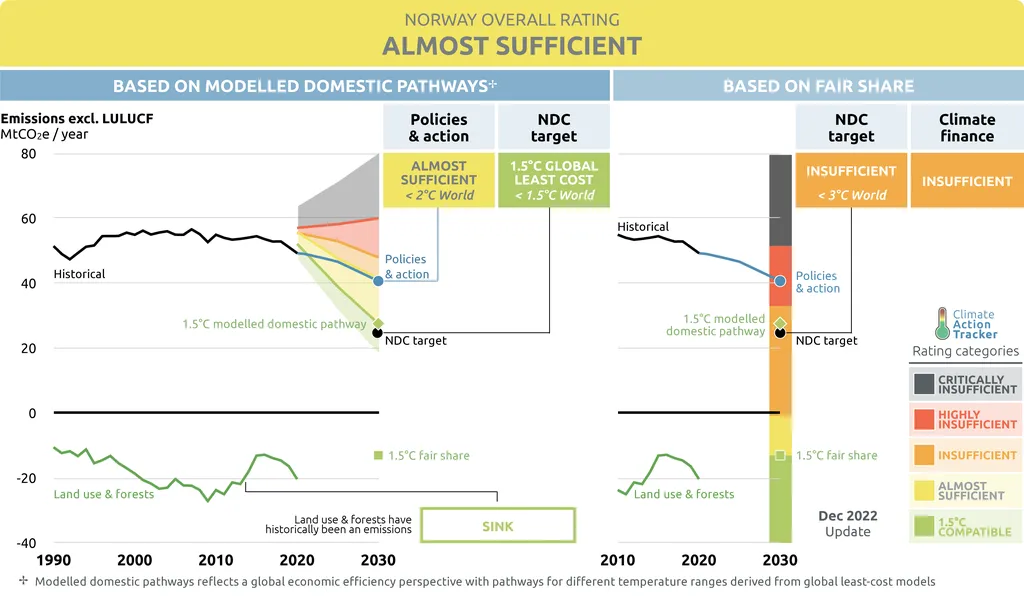In the quest to curb industrial carbon emissions, a novel study from Türkiye offers a promising strategy that could reshape the energy sector’s approach to decarbonization. Published in the English-language journal *E3S Web of Conferences*, the research, led by Sena Kumcu of Gazi University’s Graduate School of Natural and Applied Sciences, focuses on optimizing carbon capture and sequestration (CCS) networks to significantly reduce emissions from hard-to-abate industries.
Türkiye’s industrial sector, which includes cement plants, iron and steel facilities, and refineries, is a major contributor to the country’s carbon dioxide emissions, second only to the energy sector. Kumcu’s study aims to address this challenge by designing a nationwide CCS network that minimizes costs while maximizing carbon reduction. Using a mixed-integer linear programming (MILP) framework, the research identifies the most economically viable pathways for achieving carbon reduction targets (CRTs).
The findings are compelling. The study reveals that a 10% CRT can be achieved with a minimum specific CO2 avoidance cost of 67 € per ton, escalating to 86 € per ton for a more ambitious 50% decarbonization goal. “This optimization approach provides a clear roadmap for policymakers and industry leaders to make informed decisions about where to invest in CCS technologies,” Kumcu explains. “By targeting the most cost-effective strategies, we can accelerate the decarbonization of these hard-to-abate sectors without compromising economic viability.”
The implications for the energy sector are profound. As global industries face increasing pressure to reduce their carbon footprint, the study offers a practical model for optimizing CCS networks. “The key takeaway is that strategic planning and optimization can significantly lower the costs associated with carbon capture and sequestration,” Kumcu adds. “This makes CCS a more attractive option for industries that have historically been difficult to decarbonize.”
The research not only highlights the potential for cost-effective carbon reduction but also underscores the importance of tailored solutions for different industrial sectors. By focusing on the specific needs and challenges of Türkiye’s industrial landscape, the study provides a blueprint that could be adapted to other regions grappling with similar issues.
As the world moves towards a low-carbon future, the insights from this study could shape the development of CCS technologies and policies. “Optimizing CCS networks is not just about reducing emissions; it’s about creating a sustainable and economically viable pathway for industries to transition to a greener future,” Kumcu concludes. This research is a significant step in that direction, offering a beacon of hope for the energy sector’s decarbonization efforts.

